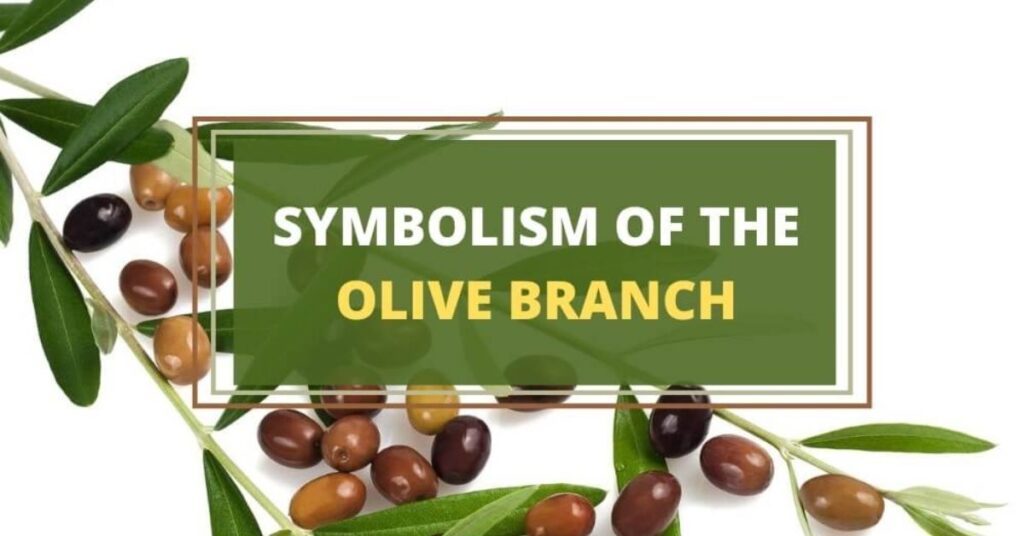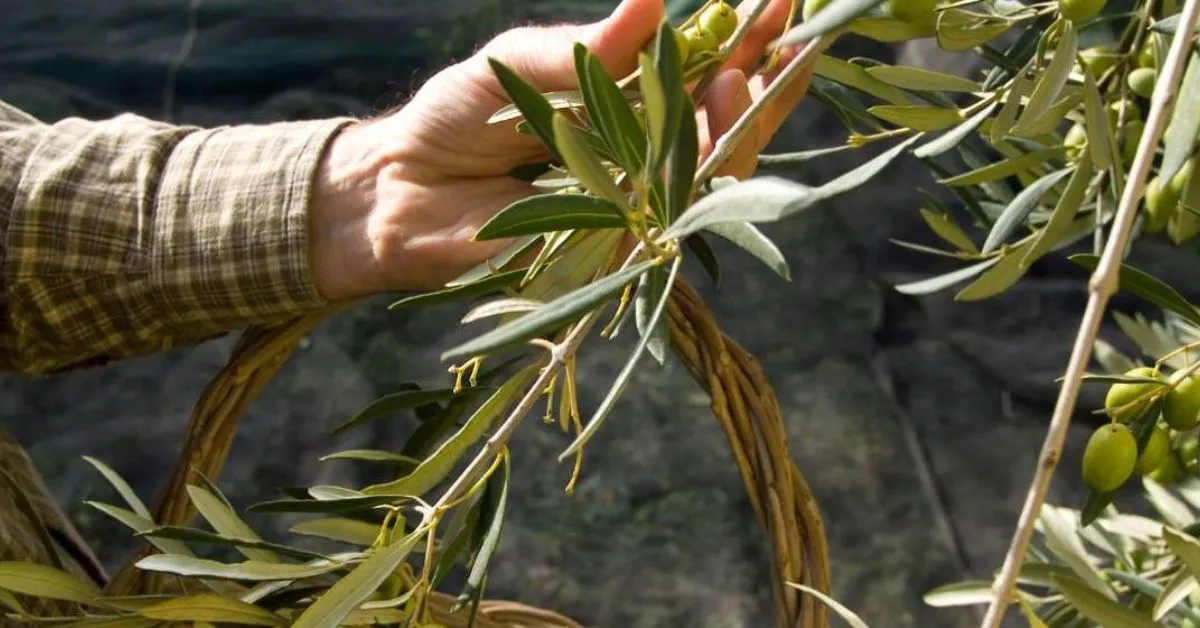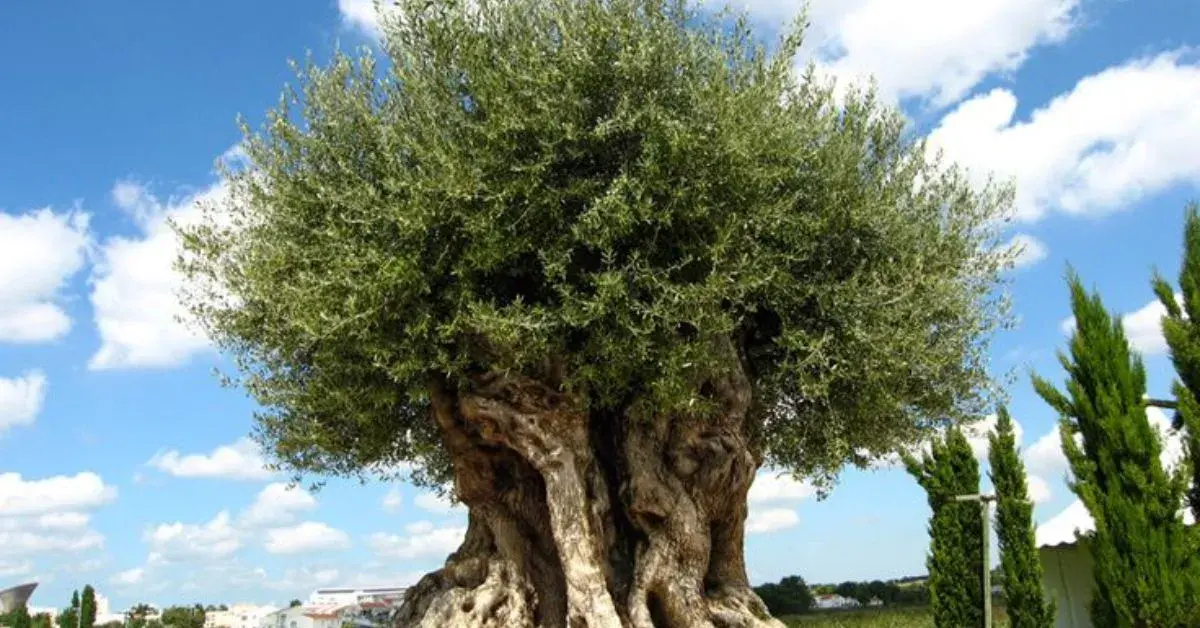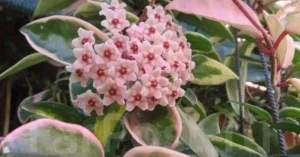The unassuming black olive tree conceals a treasure trove of secrets thousands of years old. Ancient sentinels that have seen the birth and death of civilizations, yet silently served humanity in many ways. From the sun-kissed Mediterranean hills to contemporary kitchens around the globe, the olive tree has become an integral part of human history.
Olive farming has a history of more than 7,000 years, with early farmers in the Levant having first domesticated these hardy trees. They have since been used as powerful symbols—of peace, wisdom, and prosperity in cultures around the world. Olympic winners were crowned with olive wreaths by the Greeks, and ancient texts refer to olive oil anointing kings and lighting holy lamps.
Aside from symbolism, black olive trees provide functional gems. Their fruit provides valued oil that’s revolutionized cuisine and medicine as well. The wood, bark, and leaves have been used to treat sicknesses, as firewood, and as raw material for beautiful carvings. Even now, scientists are still discovering new uses for these remarkable trees that have contributed to our world in ways we’re still learning.
Ancient Origins of the Black Olive Tree
In mythology, Athena gained patronage of Athens by presenting citizens with the first olive tree, a token of peace and prosperity. This divine association raised olives from simple plants to sacred offerings deserving reverence.
The olive branch itself is a symbol of great strength that appears all over the religions of the world. In Bible accounts, it is said the flood subsided when a dove returned to the ark of Noah with an olive leaf. And in the same way, the olive oil fills an important niche in Jewish, Christian, and Islamic ceremonies lighting sacred spaces and anointing the faithful for centuries.
Cultural Significance Through the Ages
The olive tree was effortlessly in an essential spot in the Mediterranean and became the basis for myriad activities. Apart from the provision of food, medicine, and fuel, the tree was also a trade good.
Kings and emperors not only liked using olive oil for anything from cooking to using it as fuel for the evening but also they considered it liquid gold. The trees themselves standing were pictures of power and long life; even today some of very old ones still present have sustained during over 2,000 years and just watched the changes of civilizations silently.
Symbolism in Religion and Myth

In Greek mythology, Athena gained patronage of Athens by presenting citizens with the first olive tree, which was a symbol of peace and prosperity. This divine association brought olives from being mere plants to sacred gifts deserving reverence.
The olive branch is a potent symbol, which has been utilized in religious traditions all over the world. In the Bible, a dove returns to Noah’s ark carrying an olive leaf to signal the end of the flood. It has been used as religious oil for blessing believers and lighting sacred places of worship in the Jewish, Christian, and Islamic ceremonies throughout centuries and various religions.
Role in Historical Trade and Economy
Olive oil traveled along ancient trade routes like liquid money, into the coffers of Mediterranean powers. Phoenician traders filled their ships with amphoras of valuable oil, and Roman trading ships carried this “liquid gold” across their vast empire. Coastal cities prospered from olive trade, constructing grand monuments out of profits from these modest fruits.
The olive trade shaped political landscapes and sparked innovations in agriculture and shipping. Farmers developed specialized presses to extract every valuable drop of oil. Merchants created quality standards and sophisticated transport methods to protect their cargo. During the Middle Ages, monasteries maintained olive groves that supported entire communities, while Venetian traders built fortunes connecting olive producers with distant markets hungry for this essential commodity.
Traditional Medicinal Use
- Olive leaf tea was recommended by ancient healers to lower fever and get rid of infectious diseases which occurred hundreds of years before the invention of antibiotics.
- The olive oil poultices by the traditional Mediterranean doctors were used to treat wounds, burns, and skin diseases.
- The olive remedies were used in olden times for the alleviation of arthritis pain and the reduction of joint inflammation.
- Olive oil was the base used by herbalists and with it compounds helpful for the body were transported.
- In many traditions, people gave olive oil to the elderly for strengthening and for the treatment of other people’s stomach problems.·
- Olive leaf tinctures made by herbalists are taken to strengthen the immunity system when it is the period of seasonal illness outbreaks.
·Culinary Uses Across Cultures
Olive oil coursed through ancient trade routes like liquid money, filling the treasuries of Mediterranean powers. Phoenician traders filled their ships with amphoras of valuable oil, and Roman merchant ships carried this “liquid gold” across their great empire. Coastal towns became rich from olive trade, constructing grand monuments with earnings from these modest fruits.
More Read : How to Grow Raspberry Plants at Home
The olive trade shaped political landscapes and sparked innovations in agriculture and shipping. Farmers developed specialized presses to extract every valuable drop of oil. Merchants created quality standards and sophisticated transport methods to protect their cargo. During the Middle Ages, monasteries maintained olive groves that supported entire communities, while Venetian traders built fortunes connecting olive producers with distant markets hungry for this essential commodity.
Farming and Harvesting Practices

| Topic | Historical Aspects | Modern & Cultural Aspects | Practical Applications |
| Main Focus | Origins, ancient trade, and historical significance | Symbolism, cultural relevance, and contemporary importance | Culinary uses, health benefits, and medicinal applications |
| Timeframe | Neolithic era (7000+ years ago) to Middle Ages | Ancient myths through contemporary significance | Traditional practices to current scientific research |
| Geographic Scope | Eastern Mediterranean expanding outward | Global cultural integration | Mediterranean cuisine to worldwide adoption |
| Key Highlights | • Phoenician trade routes • Greek/Roman expansion • Economic impact on ancient civilizations | • Athena’s gift to Athens • Religious symbolism • Cultural ceremonies across faiths | • Culinary versatility • Modern health research • Traditional healing practices |
| Value Proposition | Understanding historical context and development | Appreciating cultural significance and symbolism | Practical benefits for modern consumers |
| Primary Audience | History enthusiasts, archaeologists, scholars | Cultural researchers, religious studies, art historians | Culinary professionals, health-conscious consumers, medical researchers |
| Notable Elements | Ancient specimens still alive after 2000+ years | Representation in mythology, religion, and art | Evidence-based health benefits backed by modern science |
| Economic Impact | Foundation of ancient Mediterranean economies | Cultural tourism and heritage value | Multi-billion dollar modern industry (food, cosmetics, medicine) |
Modern-Day Benefits and Uses
- Olive oil stands as a cornerstone of heart-healthy Mediterranean diets, packed with monounsaturated fats that help lower bad cholesterol.
- Researchers have linked regular olive consumption to reduced inflammation and better digestive health.
- The cosmetics industry harvests olive compounds for premium skincare products, from moisturizers to anti-aging serums.
- Sustainable manufacturers now transform olive waste into eco-friendly biofuels, addressing energy challenges.
- Olive wood craftsmen create stunning kitchen tools, furniture, and decorative items prized for their unique grain patterns.
- Chefs worldwide embrace cold-pressed extra virgin olive oil as a finishing touch that elevates simple dishes.
- Modern food scientists have identified powerful antioxidants in olives that may help fight chronic diseases.
Frequently Asked Question
How long can olive trees live?
Some olive trees live over 2,000 years, with the oldest verified specimens dating back to ancient Roman times.
What makes olive oil “extra virgin”?
Extra virgin olive oil comes from the first cold pressing of olives without chemical processing and must meet strict acidity and flavor standards.
Can I grow olive trees outside the Mediterranean?
Yes, olive trees can grow in similar climates worldwide with hot, dry summers and mild winters, including parts of Australia, California, and South Africa.
Why are some olives green and others black?
The same olives start green and gradually ripen to purple-black; their color indicates harvest timing rather than different varieties.
What’s the difference between Spanish, Greek, and Italian olive oils?
Regional differences in olive varieties, growing conditions, and processing techniques create distinctive flavor profiles, with Spanish oils often fruitier, Greek oils more robust, and Italian oils varying widely by region.
Conclusion
The black olive tree represents the harmony between our past and present worlds. Throughout time, the trees have supported, created wealth, and inspired cultural practices which continue to affect our world today. The compelling history of the trees, starting from the unspoiled Mediterranean hillsides to global cultivation, is an indicator of the ingenuity of humankind and nature’s persistence.
The black olive tree makes us remember what endures while we grapple with contemporary issues. These trees have withstood droughts, wars, and shifting empires, while they adapt, the essence remains unchanged. The greatest gift they provide is not their fruit, but the invaluable life lesson that enduring through millennia requires deep roots, and resilience.




